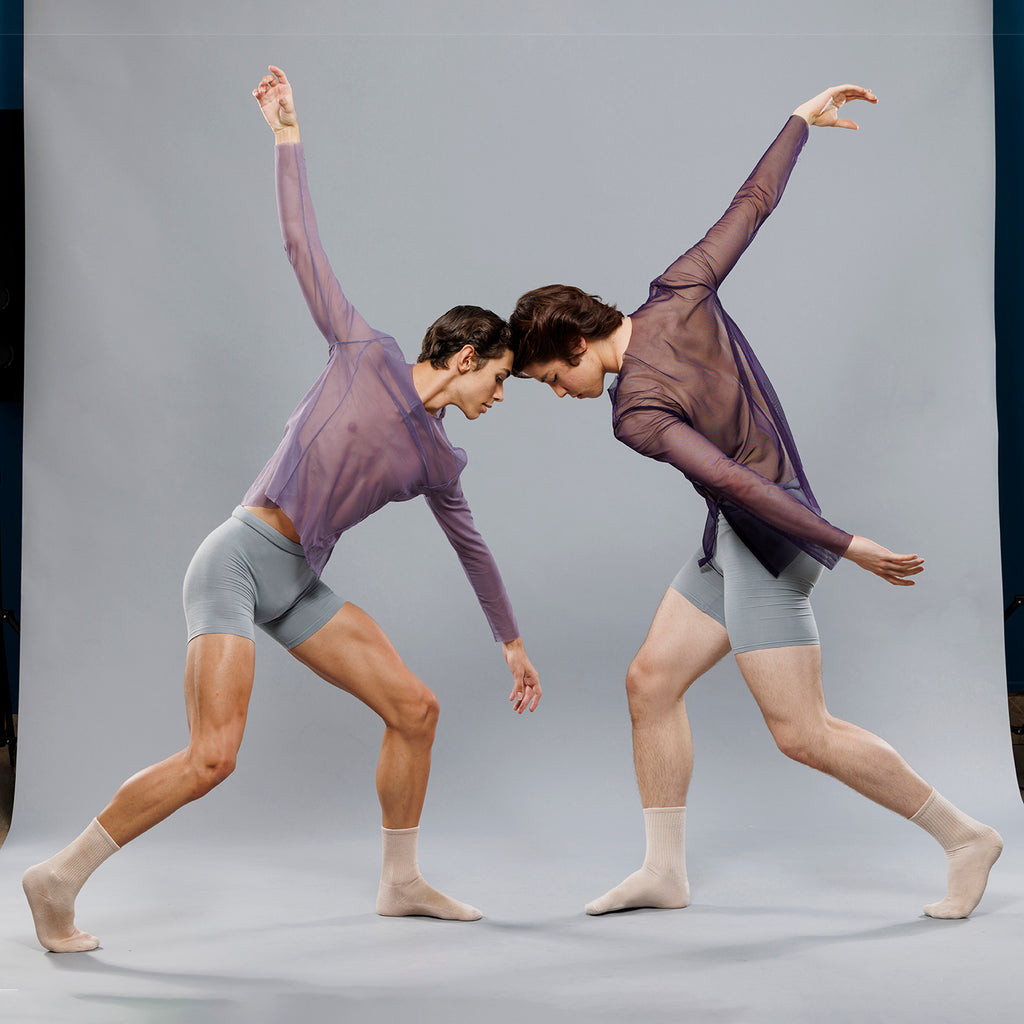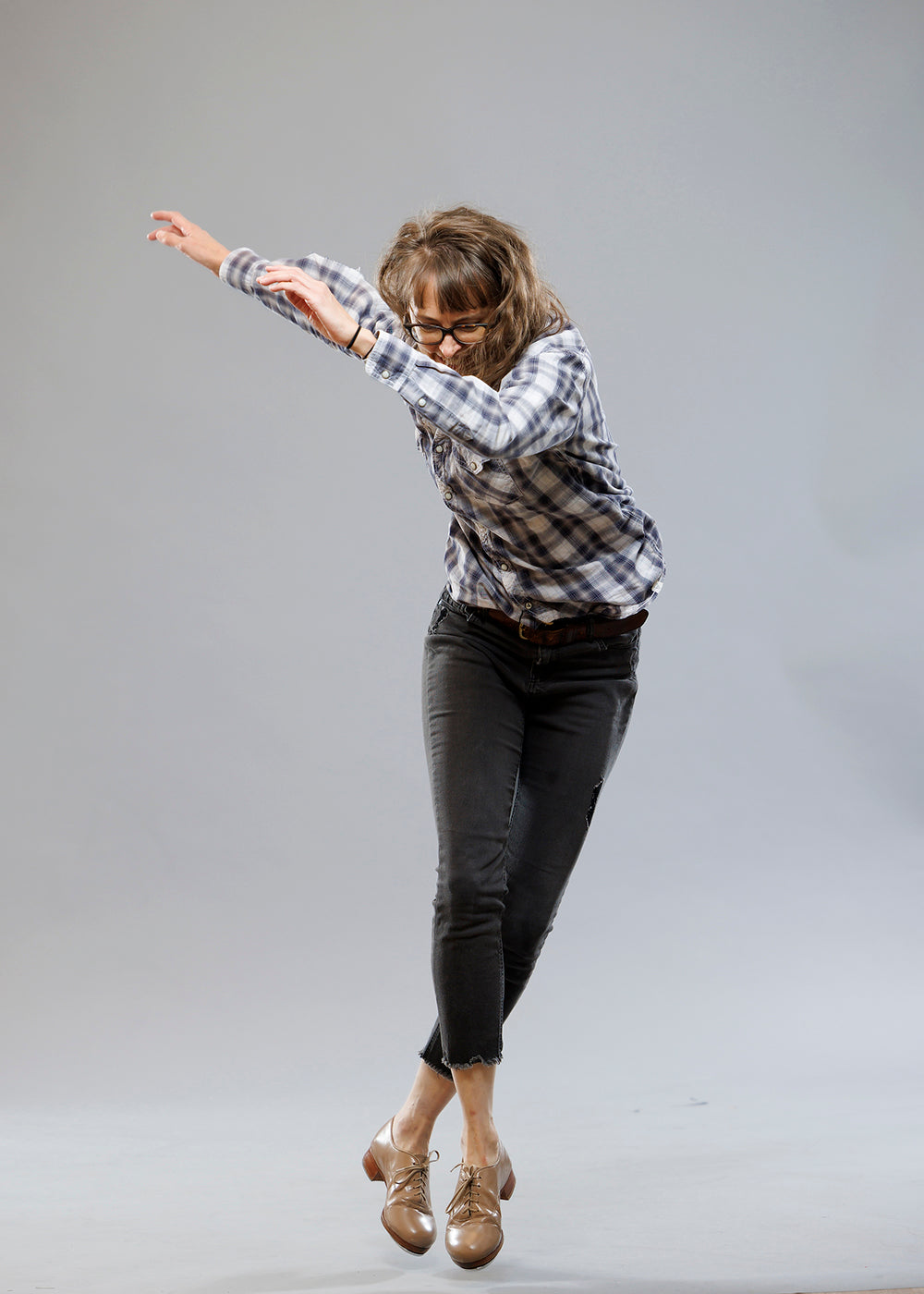Mishima’s Muse
Japan Society’s Yukio Mishima centennial series culminated with “Mishima’s Muse – Noh Theater,” which was actually three programs of traditional noh works that Japanese author Yukio Mishima adapted into modern plays.
Continue Reading
World-class review of ballet and dance.
Ilter Ibrahimof is the cofounder and artistic director of Toronto’s Fall for Dance North festival. Held annually since 2014, FFDN is a Canadian offshoot of the beloved New York City Center series. A producer and booking agent for more than fifteen years, Ibrahimof grew up in Istanbul and studied dance, theatre, and arts management at Emerson College in Boston before moving to New York. There he founded, in 2004, and ran, until 2020, his own dance booking agency. Sunny Artist Management represented the American tours of European artists and entities such as Nacho Duato, Compañía Nacional de Danza, Compagnie Käfig, and classical Indian dancer Shantala Shivalingappa. Ibrahimof has created original evenings with ballet principals Wendy Whelan, James Whiteside, and Daniil Simkin in New York, and has been a guest curator for Atlanta’s Off the Edge contemporary dance festival. Moving from New York to Montreal and then to Toronto in 2015, Ibrahimof has turned FFDN into one of Canada’s largest dance festivals. Fjord Review spoke to him by telephone. The conversation has been edited and condensed for clarity.






Japan Society’s Yukio Mishima centennial series culminated with “Mishima’s Muse – Noh Theater,” which was actually three programs of traditional noh works that Japanese author Yukio Mishima adapted into modern plays.
Continue ReadingThroughout the year, our critics attend hundreds of dance performances, whether onsite, outdoors, or on the proscenium stage, around the world.
Continue ReadingOn December 11th, the Alvin Ailey American Dance Theater presented two premieres and two dances that had premiered just a week prior.
Continue ReadingThe “Contrastes” evening is one of the Paris Opéra Ballet’s increasingly frequent ventures into non-classical choreographic territory.
Continue Reading
comments